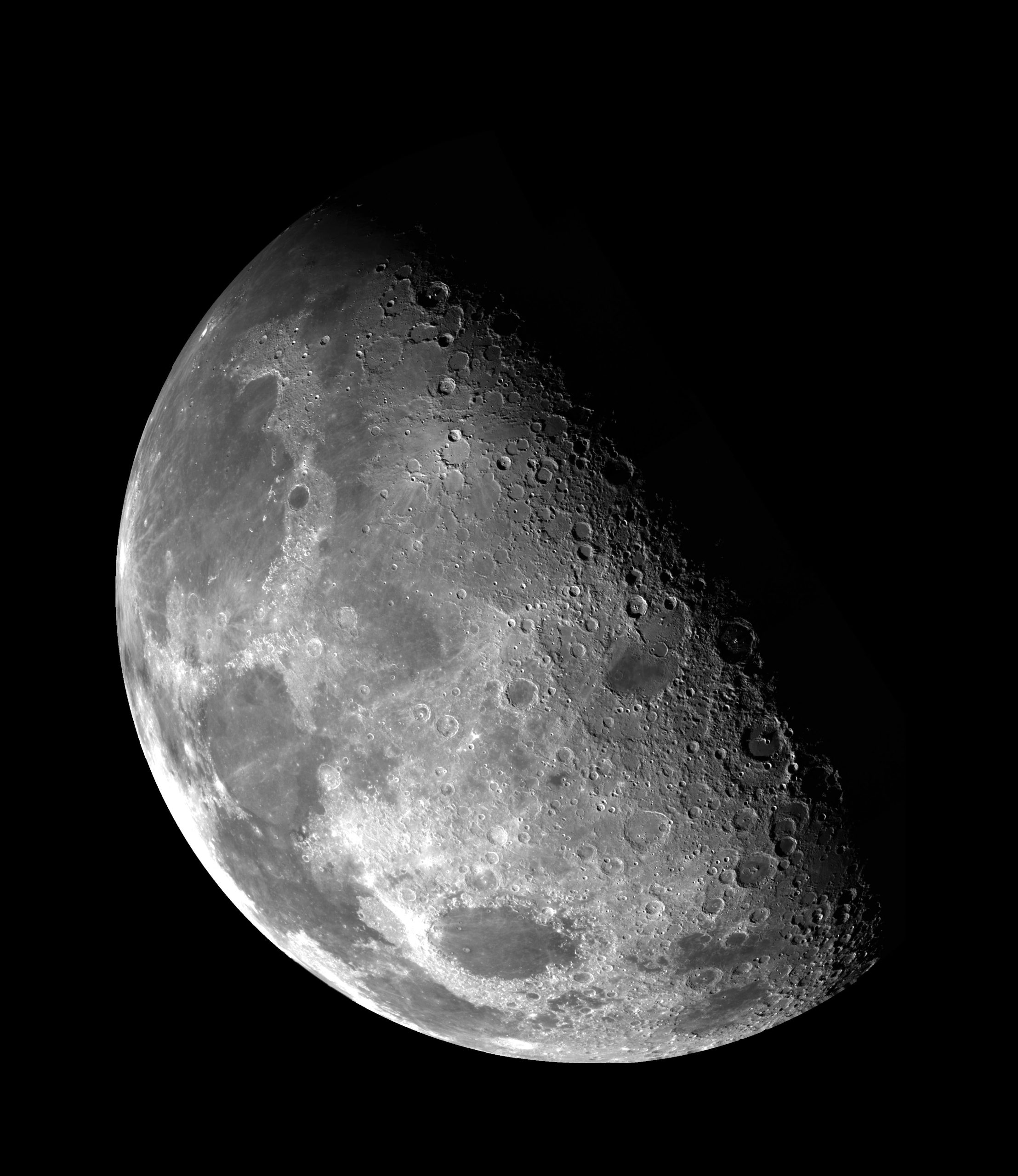The Seven Chakras: An In-Depth Exploration
Chakras are powerful energy centers within our bodies that are said to govern our physical, mental, and spiritual well-being. Derived from ancient Indian traditions, the concept of chakras has gained popularity worldwide, as people seek to understand and optimize the flow of energy within themselves. In this blog post, we will take a deep dive into the seven main chakras, exploring their functions, characteristics, and techniques to balance them.
Table of Contents
- Root Chakra
- Sacral Chakra
- Solar Plexus Chakra
- Heart Chakra
- Throat Chakra
- Third Eye Chakra
- Crown Chakra
Root Chakra
The Root Chakra, also known as the Muladhara, is located at the base of the spine. It is associated with the color red and symbolizes stability, security, and grounding. This chakra governs our primal instincts and survival needs.
A balanced Root Chakra promotes a sense of stability, abundance, and confidence. When imbalanced, it can manifest as anxiety, fear, and a lack of purpose. To balance this chakra, you can try grounding exercises, such as walking barefoot in nature or practicing yoga poses like Mountain Pose.
Sacral Chakra
The Sacral Chakra, or Svadhisthana, is located in the lower abdomen, just below the navel. Its color association is orange, and it is associated with creativity, sensuality, and passion. This chakra governs our emotional well-being and the expression of our desires.
A balanced Sacral Chakra fosters a healthy emotional life, creativity, and harmonious relationships. Imbalances may lead to emotional instability, lack of creativity, and intimacy issues. To balance this chakra, engage in activities that stimulate creativity, such as painting, dancing, or writing.
Solar Plexus Chakra
The Solar Plexus Chakra, also known as Manipura, is located in the upper abdomen, near the diaphragm. Its color association is yellow, and it is connected to personal power, self-confidence, and ambition. This chakra governs our sense of self-worth and personal identity.
A balanced Solar Plexus Chakra enhances self-esteem, confidence, and motivation. Imbalances may lead to low self-esteem, indecisiveness, and lack of direction. To balance this chakra, practice deep breathing exercises, engage in empowering affirmations, and engage in activities that boost your self-confidence.
Heart Chakra
The Heart Chakra, known as Anahata, is located at the center of the chest. Its color association is green, and it represents love, compassion, and forgiveness. This chakra governs our ability to give and receive love, not only towards others but also towards ourselves.
A balanced Heart Chakra promotes empathy, forgiveness, and unconditional love. Imbalances may manifest as feelings of resentment, jealousy, and relationship issues. To balance this chakra, practice heart-opening yoga poses, engage in acts of kindness towards others, and practice self-love and self-care.
Throat Chakra
The Throat Chakra, also called Vishuddha, is located in the throat area. Its color association is blue, and it is associated with communication, self-expression, and authenticity. This chakra governs how we communicate our thoughts, feelings, and truths.
A balanced Throat Chakra enhances clear communication, effective self-expression, and active listening skills. Imbalances may lead to difficulties in expressing oneself, fear of speaking up, or communication issues. To balance this chakra, practice throat-opening exercises, journaling, singing, or engaging in honest and open conversations.
Third Eye Chakra
The Third Eye Chakra, known as Ajna, is located on the forehead, between the eyebrows. Its color association is indigo, and it represents intuition, perception, and spiritual awareness. This chakra governs our ability to tap into our inner wisdom and see beyond the physical realm.
A balanced Third Eye Chakra enhances intuition, clarity, and spiritual connection. Imbalances may lead to confusion, lack of focus, and difficulty making decisions. To balance this chakra, practice meditation, engage in mindfulness activities, and trust your intuition.
Crown Chakra
The Crown Chakra, also called Sahasrara, is located at the top of the head. Its color association is violet or white, and it represents divine connection, spiritual enlightenment, and universal consciousness. This chakra governs our connection to higher states of consciousness.
A balanced Crown Chakra brings a sense of spiritual connection, inner peace, and enlightenment. Imbalances may manifest as a lack of purpose, disconnection from spirituality, or closed-mindedness. To balance this chakra, engage in activities that deepen your connection to the divine, such as meditation, prayer, or spending time in nature.
Understanding and harmonizing our chakras can have a profound impact on our overall well-being. By exploring the various aspects of each chakra, we can identify imbalances and take steps towards creating balance and alignment within ourselves. Remember, working with chakras is a deeply personal journey, so listen to your body and trust your own intuition throughout the process.
Table of Contents
